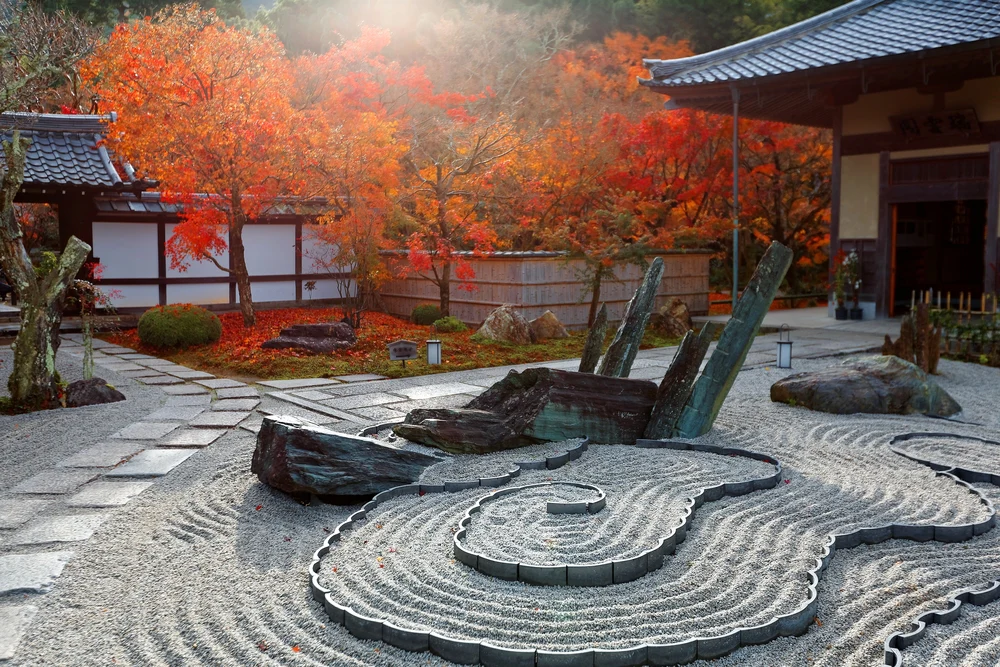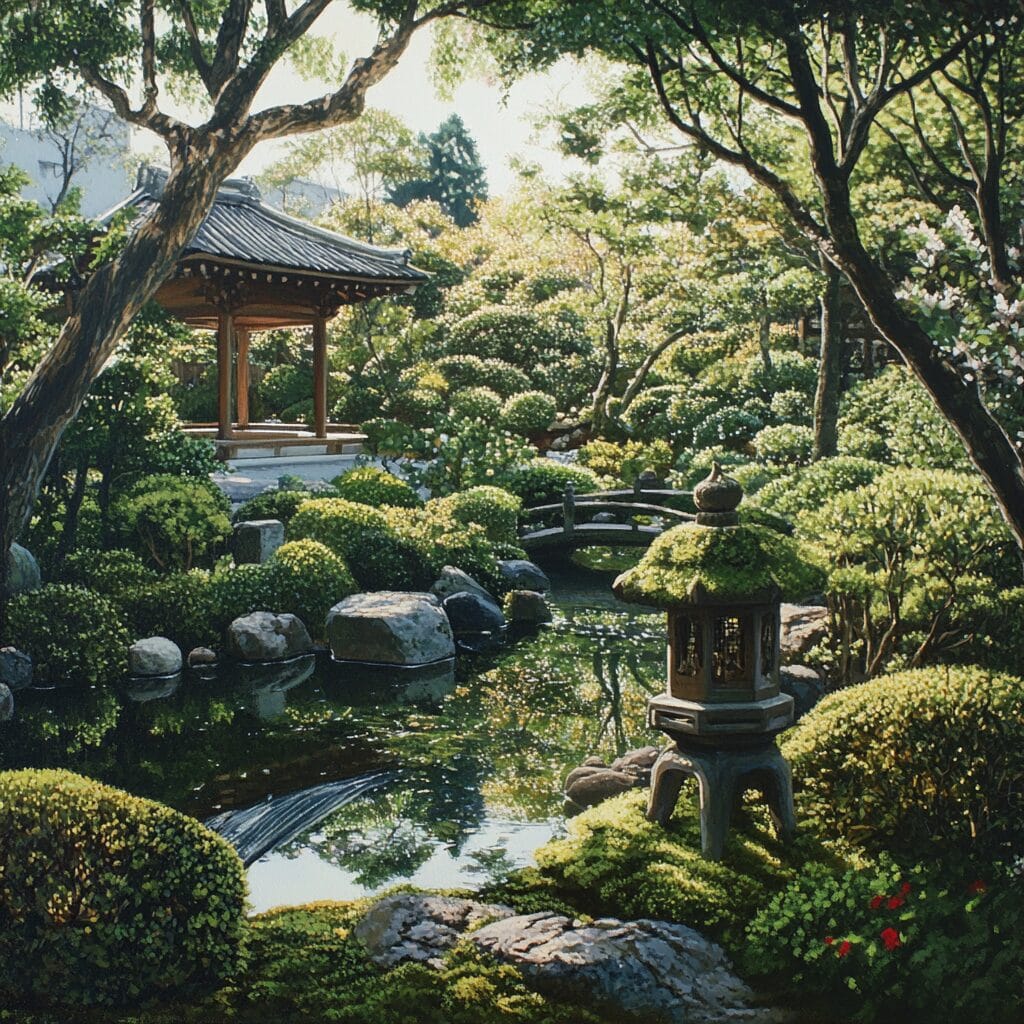Japanese Zen Gardens: Tips for a Peaceful and Harmonious Landscape
By Innovation Grounds
Japanese Zen Gardens, also known as “Karesansui” or dry landscapes, are more than just beautiful outdoor spaces—they are designed to evoke peace, tranquility, and mindfulness. These gardens, often seen in Buddhist temples or traditional Japanese homes, offer a retreat from the hustle and bustle of daily life, fostering a sense of serenity and harmony. If you’re looking to create your own peaceful Zen garden, here are some essential tips to help you design a space that reflects the principles of simplicity, balance, and natural beauty.
1. Embrace Minimalism
The essence of Japanese Zen Gardens lies in their simplicity. Unlike traditional Western gardens that may feature a wide variety of plants and flowers, Zen gardens focus on the use of minimal elements. Stones, gravel, sand, and moss are the primary materials, creating a serene, uncluttered environment. When designing your garden, aim for clean lines and sparse decorations to foster a sense of peace.
For example, you could use a combination of rocks arranged in a meaningful pattern, like the traditional “island” arrangement in the center of the garden, surrounded by smooth gravel or sand. The minimalistic approach allows the mind to focus and relax without the distraction of excessive decorations.

2. Incorporate Symbolic Stones
Stones play a central role in Japanese Zen Gardens, symbolizing various natural elements like mountains, water, or islands. Arranging stones in deliberate formations is a key aspect of Zen garden design. You might place larger rocks in the center to represent mountains, and smaller stones can mimic waves or the flow of water.
Consider using a variety of textures and sizes to create visual interest. Larger, jagged stones often represent strength, while smaller, rounded stones evoke a sense of tranquility. The placement of these stones should be purposeful, maintaining balance and harmony within the overall design.

3. Use Gravel and Sand to Create Flow
Gravel or sand is another essential component of Zen gardens. When raked, the patterns in the gravel symbolize water or waves, promoting a feeling of movement and fluidity. The act of raking the sand or gravel is also meditative, helping to clear the mind and encourage mindfulness.
To create this effect, consider using fine, light-colored gravel or sand. You can rake the gravel into sweeping patterns or concentric circles, which will create a calming and harmonious effect. Regularly maintaining the raked patterns will also give you a chance to engage in mindfulness, turning garden care into a meditative practice.

4. Introduce Moss and Greenery
While Zen gardens are often known for their minimalist approach, the careful addition of moss and greenery can add a sense of life and balance. Moss-covered stones or patches of soft, green moss evoke a sense of age and tranquility, making them a perfect addition to your garden.
Keep the greenery sparse and choose plants that are in harmony with the surrounding landscape. Bamboo, small ferns, and other low-maintenance plants work well in Zen gardens. Be sure to avoid overcrowding the space—simplicity is key. The plants should complement the stones and sand without overwhelming them.

5. Create a Focal Point
A Zen garden often features a focal point—a single element that draws attention and adds depth to the landscape. This could be a large, carefully chosen stone, a small statue, a bonsai tree, or even a water feature. The goal is to create a point of visual interest that invites contemplation and reflection.
When choosing your focal point, make sure it doesn’t dominate the space. It should be an element that encourages stillness and thoughtfulness, not one that disrupts the peacefulness of the garden. For instance, a stone lantern can create a subtle focal point while maintaining the garden’s harmonious atmosphere.

6. Consider the Role of Water
While traditional Zen gardens often avoid the use of actual water, the concept of water is still represented through stones and gravel. However, if you’d like to introduce the element of water, consider a small, trickling fountain or a pond with carefully placed rocks. The sound of flowing water can enhance the peaceful ambiance and provide a gentle backdrop to your meditation or relaxation.
When incorporating water, keep the design simple. A small stone basin with a bamboo spout (known as a “tsukubai”) can serve as a beautiful and symbolic feature in your Zen garden.

Conclusion
Designing your own Japanese Zen Garden can be a deeply rewarding experience, offering not just a beautiful outdoor space but also a sanctuary for the soul. By focusing on minimalism, balance, and natural elements, you can create a peaceful and harmonious landscape that encourages mindfulness and reflection. Whether you’re looking to meditate, unwind, or simply enjoy the beauty of nature, your Zen garden will become a timeless space for calm and introspection.
Remember, the key to a successful Zen garden is simplicity, purpose, and an emphasis on natural beauty. With the right design principles in mind, your garden will serve as a lasting reminder of the importance of peace and harmony in everyday life.


